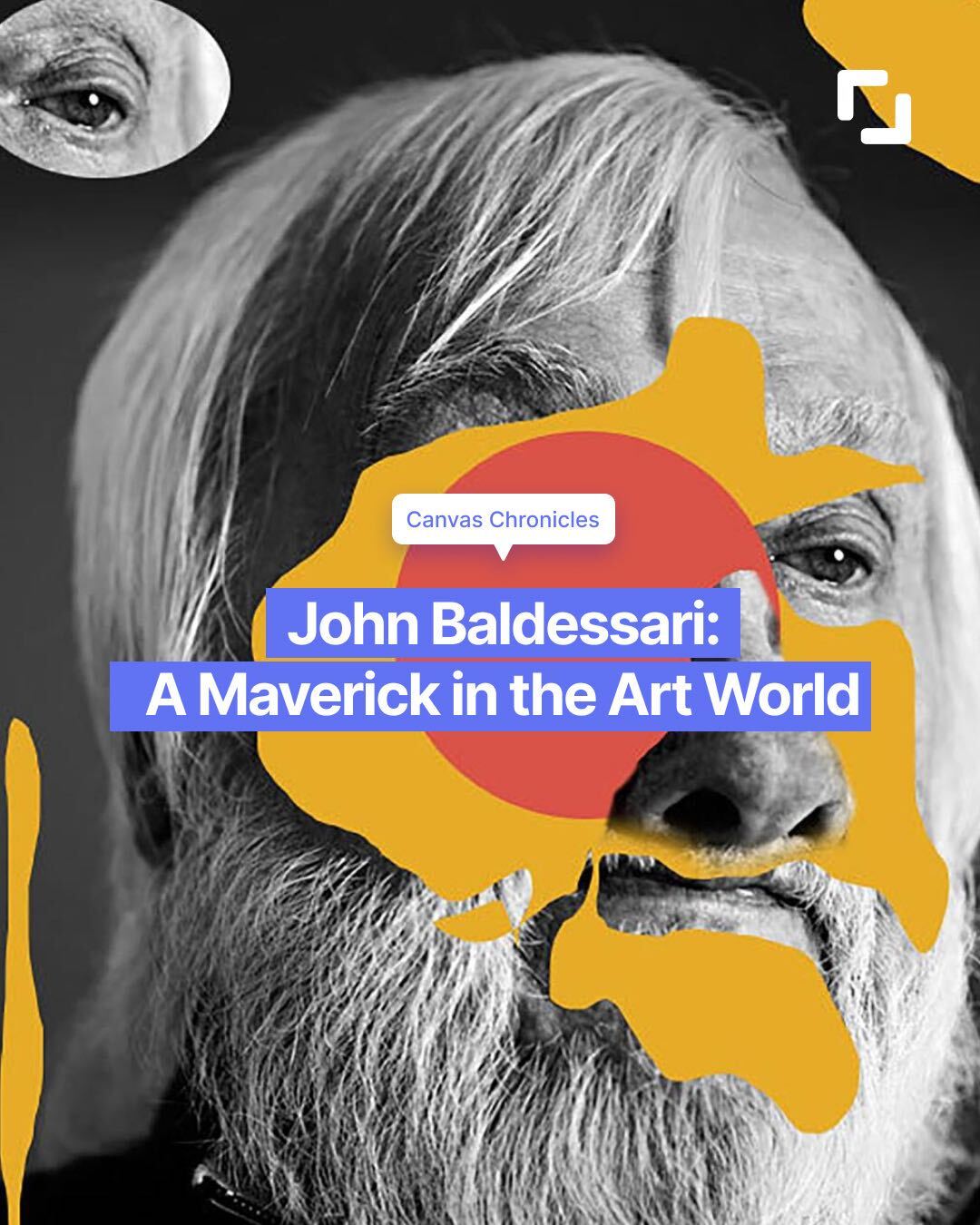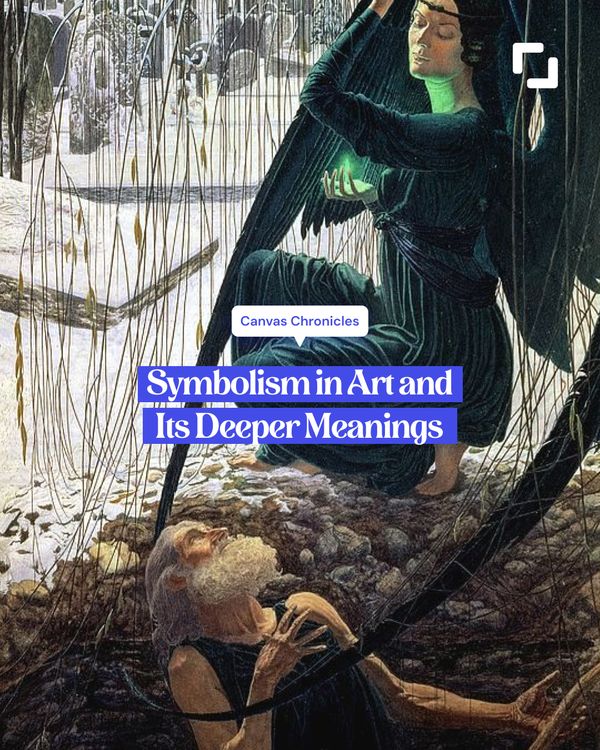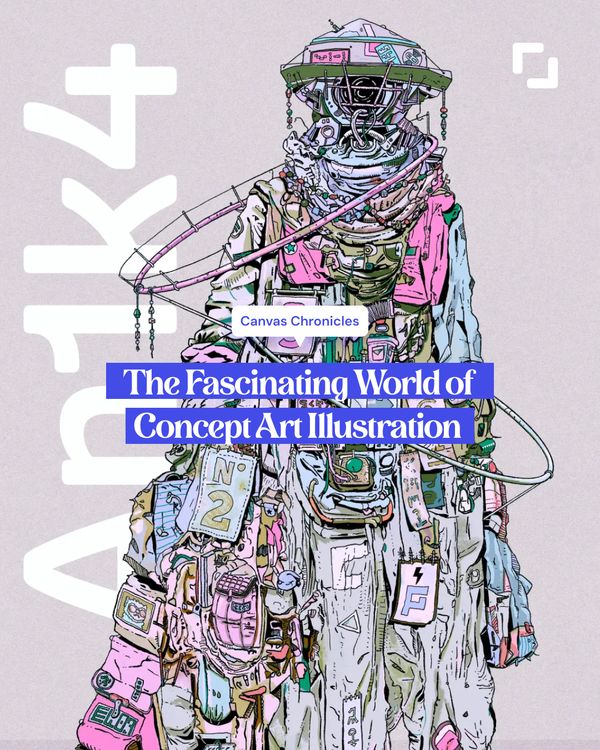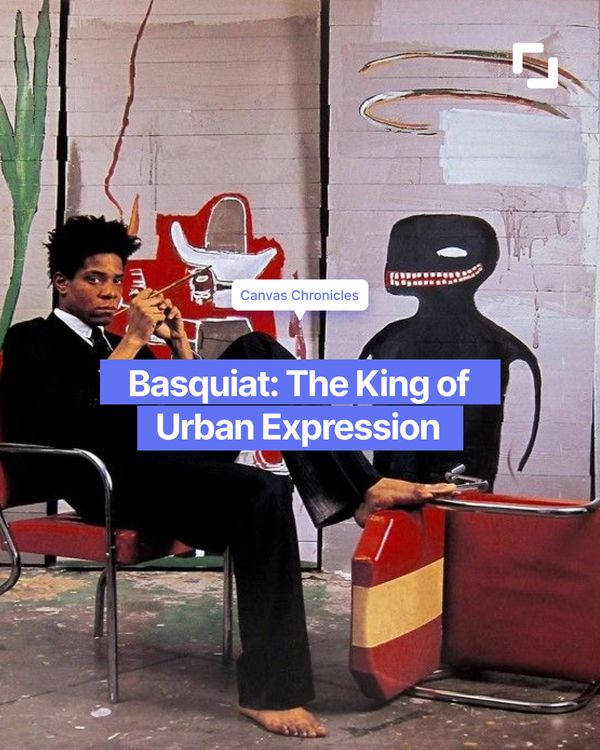John Baldessari, a pioneering figure in the contemporary art scene, left an indelible mark on the art world with his innovative and often provocative works. As an influential conceptual artist, educator, and a keen observer of modern culture, he reshaped the boundaries of traditional art, challenging conventional norms and inspiring generations of artists to come.
Early Life and Artistic Journey
Born on June 17, 1931, in National City, California, John Baldessari's journey into the art world began with a passion for literature and language. He initially pursued studies in art and literature, completing his B.A. and M.A. degrees at San Diego State University and the University of California, Berkeley, respectively. It was at UC Berkeley that he had his "I will not make any more boring art" moment, a declaration that would shape his artistic philosophy.

Influence on the Art World
Baldessari's influence on the art world was monumental. He played a pivotal role in the conceptual art movement, which emerged in the 1960s and prioritized ideas and concepts over traditional art objects. His works often involved the appropriation of existing images and photographs, overlaying them with text or color blocks, creating a new and thought-provoking narrative.
One of his most renowned works, "I Will Not Make Any More Boring Art" (1971), exemplified his characteristic wit and humor while challenging the traditional artist's repetitive nature.
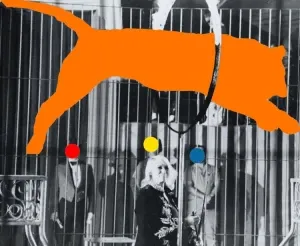
Fun Facts about John Baldessari
- In the mid-1970s, Baldessari famously burned many of his early paintings in a symbolic act of artistic reinvention. He baked some of the ashes of his work into cookies and then displayed them as an artwork titled "The Cremation Project."

- Baldessari was known for incorporating ordinary objects like tennis balls, potted plants, and even gumballs into his art. This blend of the mundane and the artistic added an element of surprise and wonder to his creations.
- He was a beloved art educator, teaching at various prestigious institutions such as the California Institute of the Arts (CalArts) and the University of California, Los Angeles (UCLA). He influenced countless young artists, nurturing their creativity and encouraging them to explore unconventional ideas.
The Most Expensive Artworks:
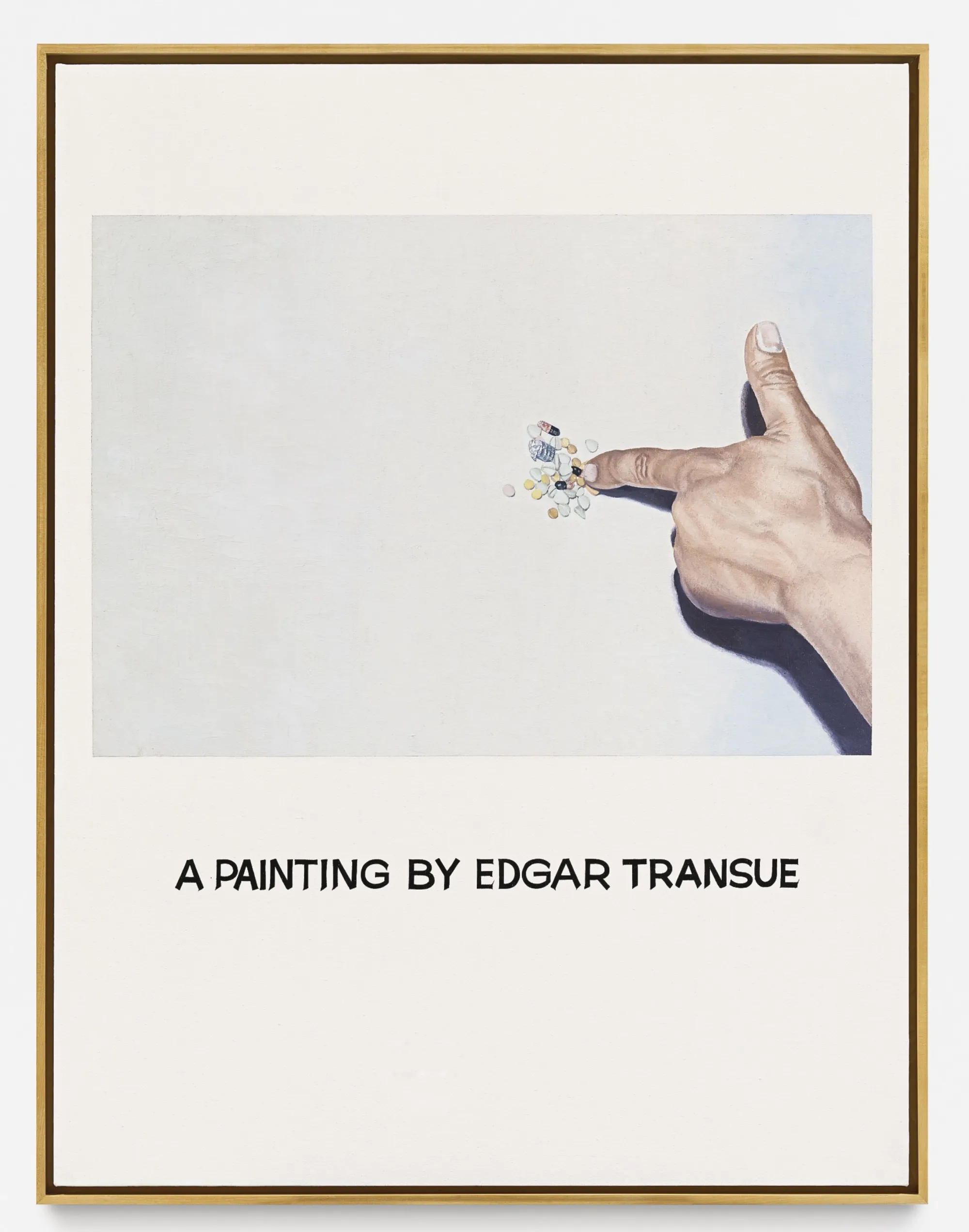
While John Baldessari's influence on the art world is immeasurable, his market value also saw a considerable rise during his lifetime. One of his most expensive artworks ever sold is "Commissioned Painting: A Painting by Edgar Transue" (1969). This piece was sold at Sotheby’s New York in May 2014 for $2,517,000. This high price is a testament to the artist's enduring impact on collectors and the art market.

Legacy
John Baldessari's passing in 2020 left a void in the art world, but his legacy lives on. His groundbreaking approach to art, blending language, images, and humor, has paved the way for countless conceptual artists. Baldessari's emphasis on pushing artistic boundaries and challenging conventions has become a beacon for the future of contemporary art.
His works can be found in major museums and collections worldwide, and his impact on generations of artists ensures that his name will forever be synonymous with artistic innovation, creativity, and the limitless possibilities of the human imagination.

John Baldessari's artistic journey and groundbreaking contributions to the art world have solidified his position as a true maverick in the realm of contemporary art. His ability to blend intellectual rigor with playful experimentation has left an enduring impression on the creative landscape, inspiring artists and art enthusiasts alike to embrace the power of ideas and unconventional approaches in their own artistic pursuits. The art world will forever be indebted to this visionary artist who fearlessly dared to question and redefine the essence of art itself.
Advices from John Baldessari
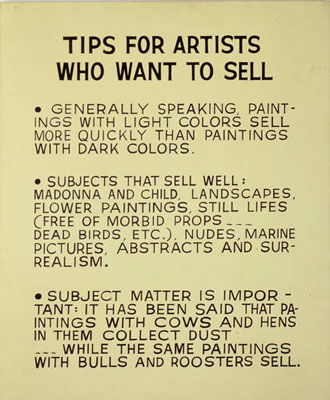
Similar Artworks on Exchange Art:
- modern life anxiety - 10 by ecansu
Ecansu's works could be characterized by a deep exploration of language, images, and the relationship between the two. The title and the composition made a perfect match for sarcasm.

2. modern life anxiety - 2 by ecansu
This approach invited viewers to contemplate the meaning of the artwork and the underlying concepts it conveyed.

3.#20 by Ash_hhhh
A minimal composition yet full of clues and questions for the viewer. Is La Vie En Rose a reality or a dream? Are the defeated victims or villains? Well, Ash_hhhh, serve us some sarcastic comments about the society that we live in via art.

4.The Rules by Degen Poet
Degen Poet possess a sense of humor and wit, which served as a powerful tool in engaging audiences and breaking down barriers between art and spectator.

5. Baseball Rounded by Danielbin
The dots on the face can be a deliberate act of obfuscation or censorship, covering the faces of individuals. By strategically placing colorful circles over the eyes or other facial features, Danielbin obscured the identity of the depicted subjects, rendering them anonymous and enigmatic.

6. Other direction by Danielbin
By hiding the faces of his subjects, the artist aimed to challenge the conventional notion of identity and individuality. He encouraged viewers to question how much of a person's identity is tied to their physical appearance and how much is shaped by external factors.

7. $pace sheriff by Shin_790
Distorting the face is often used to explore the subconscious and the dreamlike realm. The obscured face can serve as a metaphor for the hidden layers of the human psyche and the enigmatic nature of the mind.

8.'Being Good' by destroyxstairs
Concealing the face can create an air of mystery, suggesting that there is more to the subject than meets the eye. It invites viewers to imagine what lies beyond the obscured visage, leaving room for interpretation and speculation.

9. house ball by Byng Azzz
By removing specific facial features, the artwork may speak to universal human experiences or emotions, transcending the boundaries of time, place, and identity.



